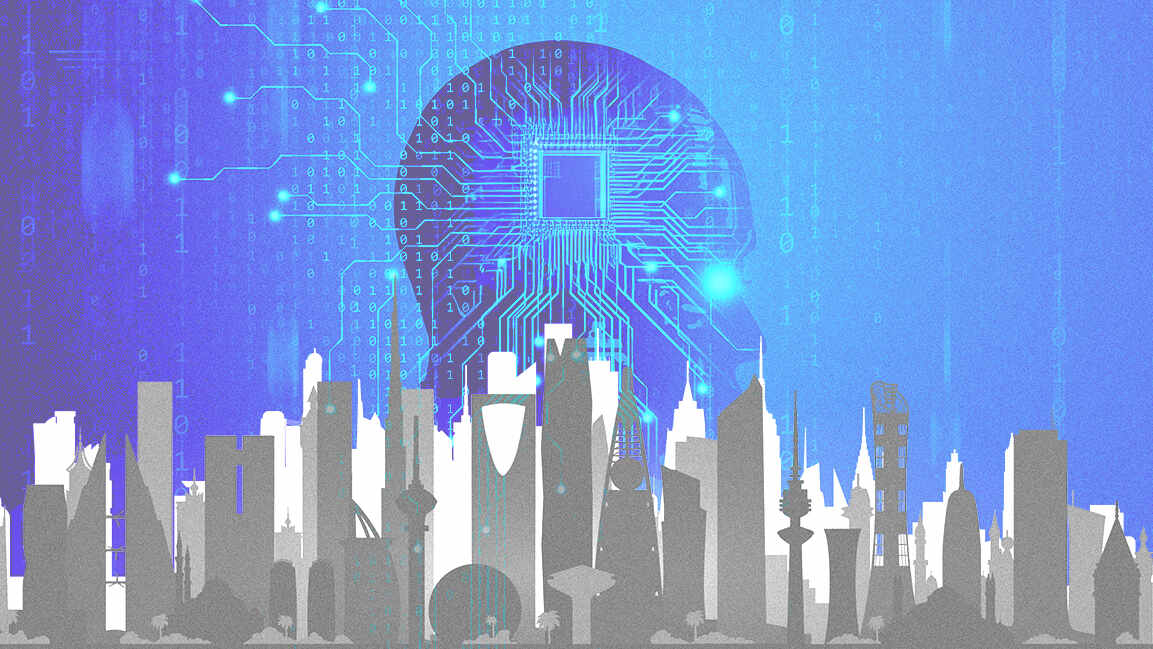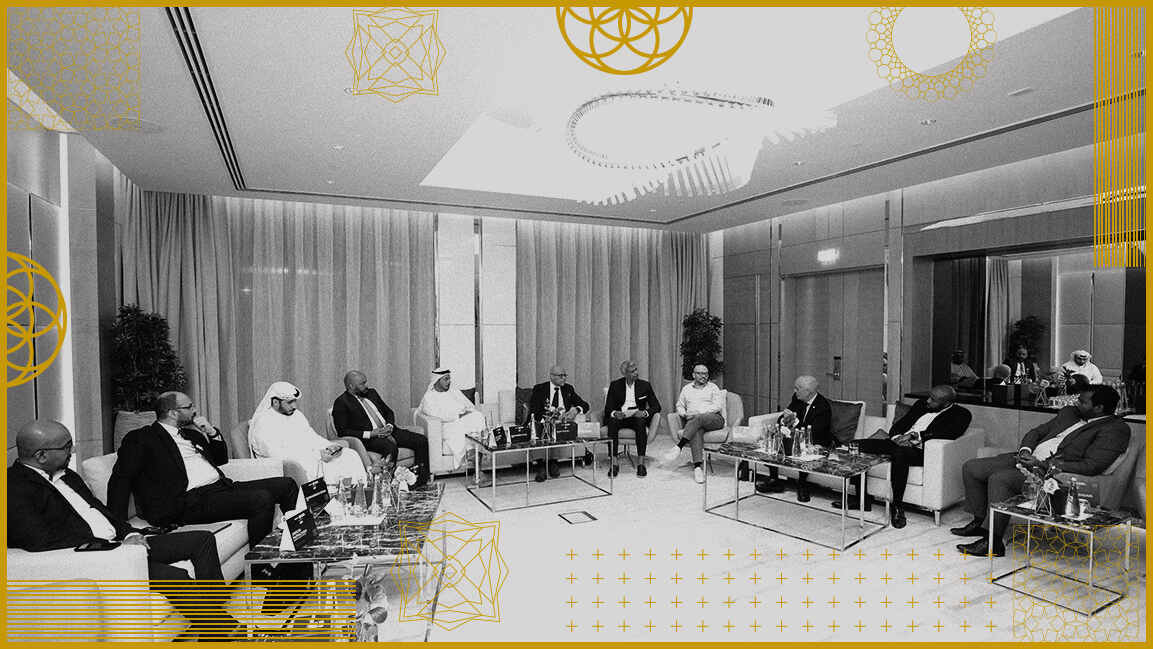Inside the making of scalable, sustainable data centers for AI in the Middle East
Here’s how Khazna and JLW are working to develop data centers designed to support the growing demands of the AI era

In the digital economy, where AI is reshaping industries from oil and gas to education and healthcare, data centers have become increasingly central. Once seen mainly as storage facilities, they are critical in supporting AI-driven systems and services.
In the Middle East, where digital transformation is progressing rapidly, Khazna Data Centers and its construction partner, JLW (James L. Williams Middle East), are focusing on innovative approaches to designing and building data infrastructure that can meet evolving technological demands.
WATCH THE VIDEO HERE
DESIGNING FOR THE AI ECONOMY
“The main challenge of AI is power,” says Abdulmajeed Harmoodi, CTO at Khazna Data Centers. “We are not just building for five or ten megawatts today. We’re building for hundreds of megawatts for tomorrow.”
For Khazna, preparing for the future starts with careful site selection. Locations must offer scalable power, low-latency fiber connectivity, and be close to business hubs. “We’re prospecting 2025 and beyond. That means land that allows for expansion of substations, buildings, and all support systems,” Harmoodi explains.
Khazna’s facilities are Tier III Uptime-certified, but the focus, Harmoodi says, is on quality. “We only work with Tier One contractors,” he says. “It’s about building with excellence, not just to spec.”
A ZERO-WASTE, HIGH-EFFICIENCY MANDATE
Sustainability is not treated as a box to tick but as a core operating principle. All Khazna facilities are designed to meet LEED Gold standards, and efforts are made to minimize waste through recycling, material reuse, and, increasingly, prefabrication.
“In our AO6 facility, we’ve integrated 7 megawatts of solar power into the grid, developed with Masdar City,” Harmoodi says. “This isn’t a CSR checkbox. This is our responsibility to the region and the planet.”
Khazna also emphasizes high-efficiency mechanical and electrical systems, including chillers and UPS units, to minimize power losses and enhance overall energy efficiency.
EXECUTION THROUGH PARTNERSHIP
Building large-scale data centers involves more than planning and design. It also demands reliable execution, and JLW, Khazna’s MEP contractor, is responsible for delivering on that front.
“The biggest challenge in data center construction is balancing time and quality,” says Ramy Boufarhat, CEO of JLW. “Khazna’s requirements don’t allow cutting corners, so we have to speed up timelines without compromising standards.”
Khazna’s EPC (Engineering, Procurement, and Construction) model is central. “They award projects early, based on a proven, repeatable design,” Boufarhat explains. “That lets us take calculated risks in procurement. If we know transformers or generators have long lead times, we can order them even before design is finalized.”
JLW brings in international expediters—third-party consultants embedded in global factories to keep projects on schedule. “They report on production status in real time, so we spot delays before they become problems,” Boufarhat says.
MODULAR THINKING, HYBRID EXECUTION
While modular construction isn’t new, JLW has adapted the approach for greater flexibility. “We don’t lock ourselves into one prefab supplier,” says Boufarhat. We bespoke design modules and share them with six or seven vetted factories across the UAE. That way, we stay vendor-agnostic and agile.”
JLW’s teams, including engineers and designers, assemble these modules in factory conditions before transporting them to the site. “It allows us to scale without needing massive onsite labor forces,” Boufarhat notes. “We send QA/QC teams to supervise, but the factories have learned our standards.”
THE ROLE OF TECHNOLOGY IN CONSTRUCTION
Construction has traditionally been slow to adopt digital tools, but that’s changing. JLW uses AI-assisted design, 4D scheduling, and robotics to streamline planning and minimize rework.
“We use AI for repetitive calculations and design validation. We layer scheduling into 3D models for sequencing and logistics,” says Boufarhat. “And we use robotic layout systems to position anchors and structural elements accurately.”
This digital-first approach helps JLW coordinate construction more effectively and reduce errors. “If you lock in logistics and avoid rework, you’ve already won half the battle,” Boufarhat adds.
A TRUE PARTNERSHIP MODEL
What sets the Khazna–JLW relationship apart is its depth. “With Khazna, we’re not just a contractor. They’re not just a client,” says Boufarhat. “It’s a true partnership, rooted in their ownership and operation of their assets. They’re not flipping these data centers, they’re building for the long haul.”
That long-term view fosters accountability on both sides and encourages continuous improvement. “They’ve built a team committed to excellence across design, execution, and operations,” Boufarhat notes. “And that drives us to bring our best to every project.”
Looking ahead, both leaders point to a common challenge for AI data centers: energy.
“It’s all about power,” Harmoodi says bluntly. “Without sufficient, scalable power, AI’s potential can’t be realized.”
Still, with rising investment in renewables, modern infrastructure, and the accelerating digitization of nearly every sector, the Middle East is well-positioned to become a global center for AI workloads, with Khazna playing a key role.
As Boufarhat puts it, “The AI revolution is a mammoth task, but with the right partners, planning, and technology, we’re not just ready. We’re leading it.”








































